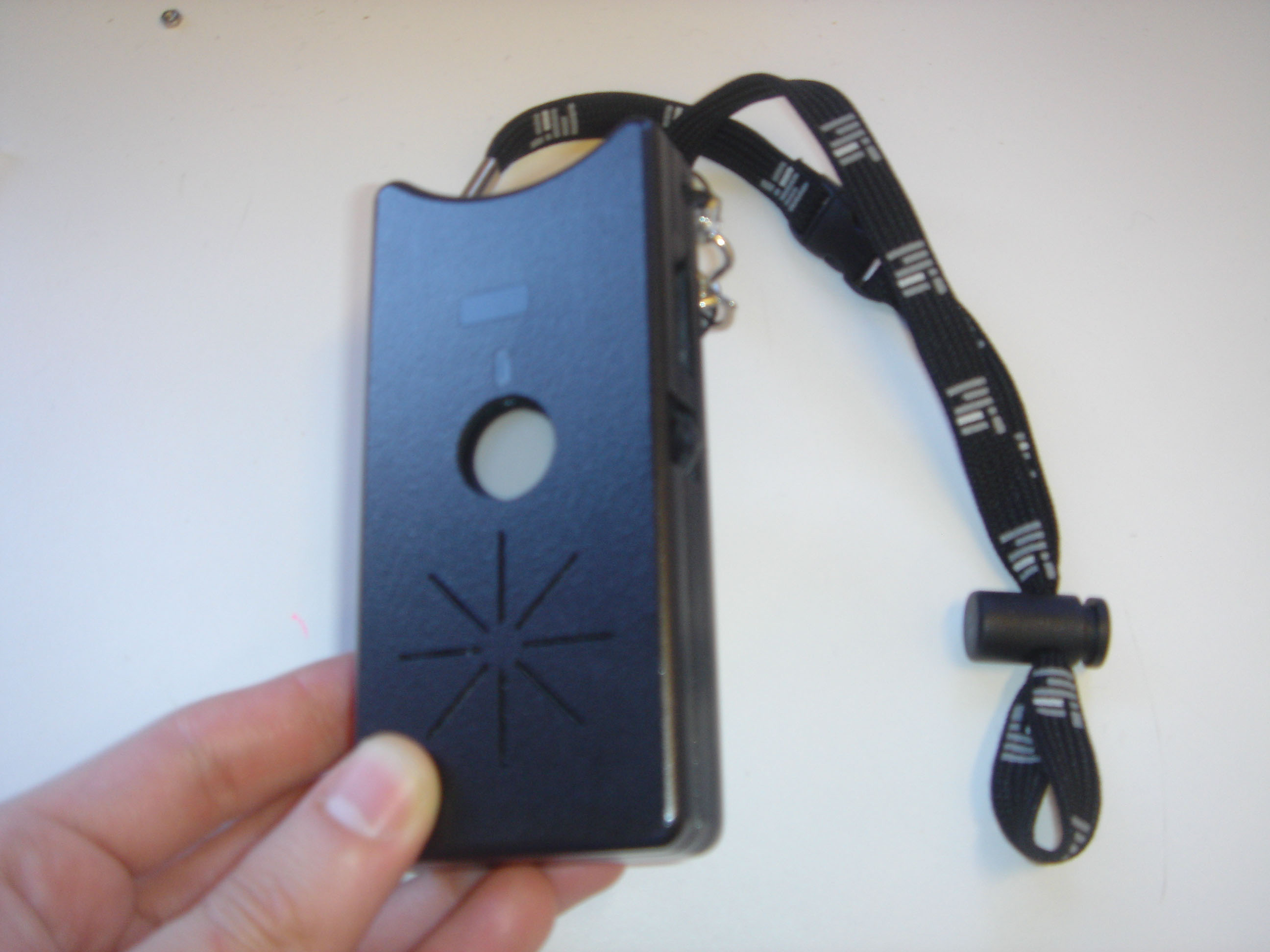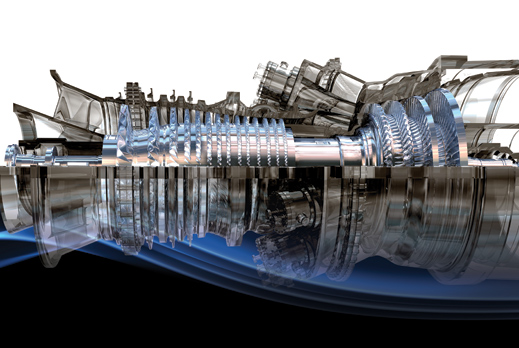Yikes!
I had the same reaction to this story by the Boston Globe‘s Scott Kirsner (“Is this a management breakthrough, or Big Brother in the workplace?” — sorry, no linkie: it only appears to be available through the subscribers’ archive) that a lot of people did to the story about the hacked, un-encrypted baby monitor: this is the Internet of Things run amok.

Sociometric Badge
It seems that a local firm, Sociometric Solutions, has come up with a “social sensing badge” that employees would wear around their necks. According to the firm’s CEO, Ben Waber, before long “every employee ID badge will have sensors in it.” Holy George Orwell!
As Kirsner said, “You might call it the NSA style of management.” My thoughts exactly.
Here’s how this demonic gizmo works:
“…the badges rely on infrared sensors to know when you are clustered with other people in a meeting or conversation. While they don’t record conversations, they capture data about how often you talk versus listen, how frequently you interrupt people, and your tone of voice.” (my emphasis)
This is supposed to lead to a more humane workplace, that “.. will enable companies to try different approaches to office design, corporate hierarchies, and perhaps even work schedules.”
Baloney!
I’m reminded of a story a friend tells. He had a very talented employee who was anti-social, and frequently would work in the middle of the night, even sleep at his desk. Unconventional, but absolutely essential to the department. How long do you think he’d last after wearing one of these badges? Turn in your sociometric badge as you pick up your last check, anyone with ADHD or Aspergers — and probably a lot of others who wouldn’t fit some manager’s pre-conception of the ideal employee!
According to workplace consultant Alexandra LaMaster, of OrgSpeed:
“When there’s trust between an employer and employee, and they see that you’re moving people around because you want more communication across departments, or to achieve some kind of business result, that’s one thing. If there’s a lack of trust, people might feel they’re being policed.”
I’ve seen far too many dysfunctional workplaces — particularly in low-status companies such as retailers — to subscribe to the idealized view of how this device could be used. As far as I’m concerned, the sociometric badge is one example of technologists (IMHO, shame on MIT Prof. Sandy Pentland, who is a co-founder and chairman of the company’s board, and who I’d always counted among the IoT Good Guys) who get the idea that because you can do something, you should do it.
You shouldn’t.
What do you think?


